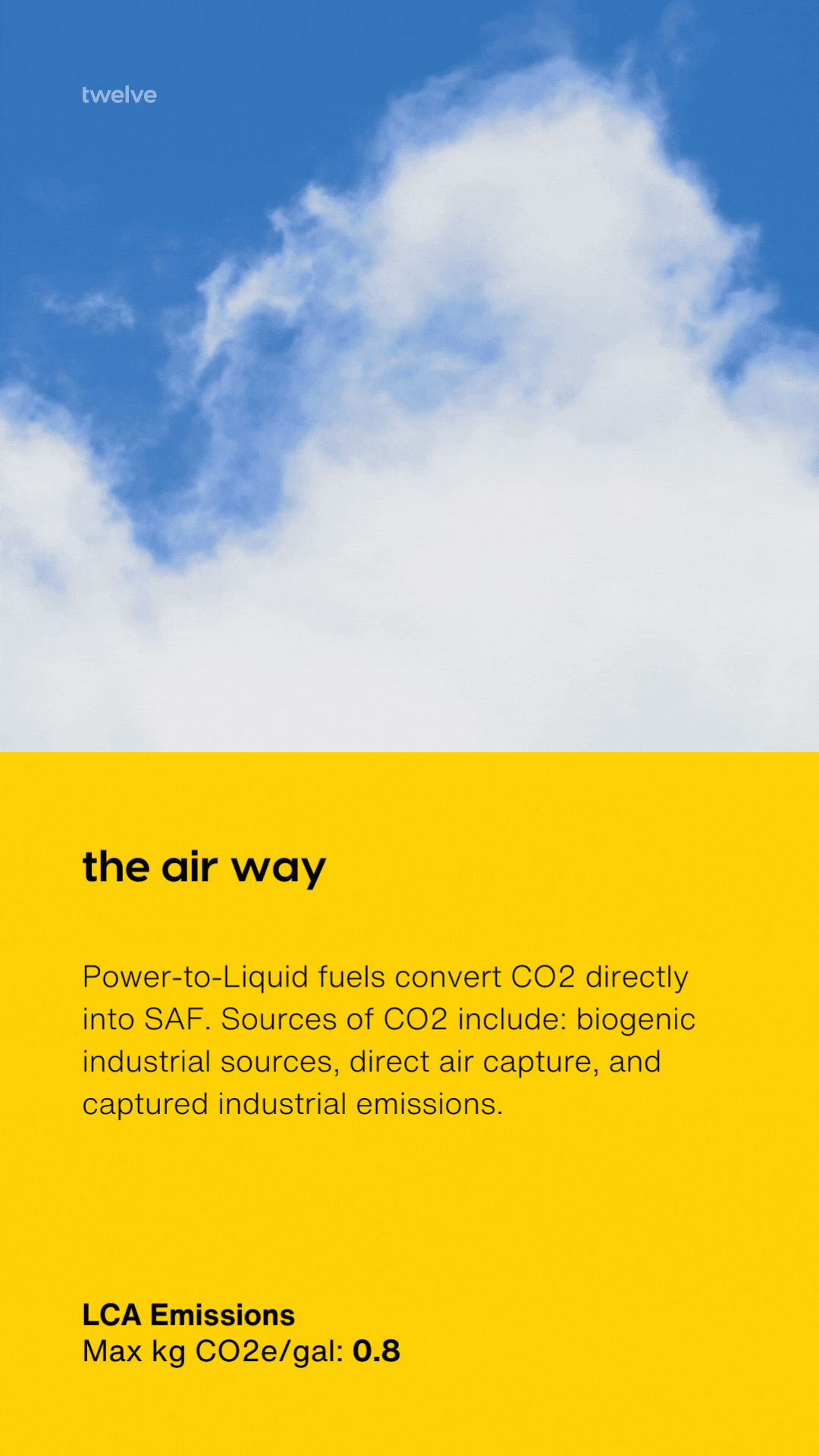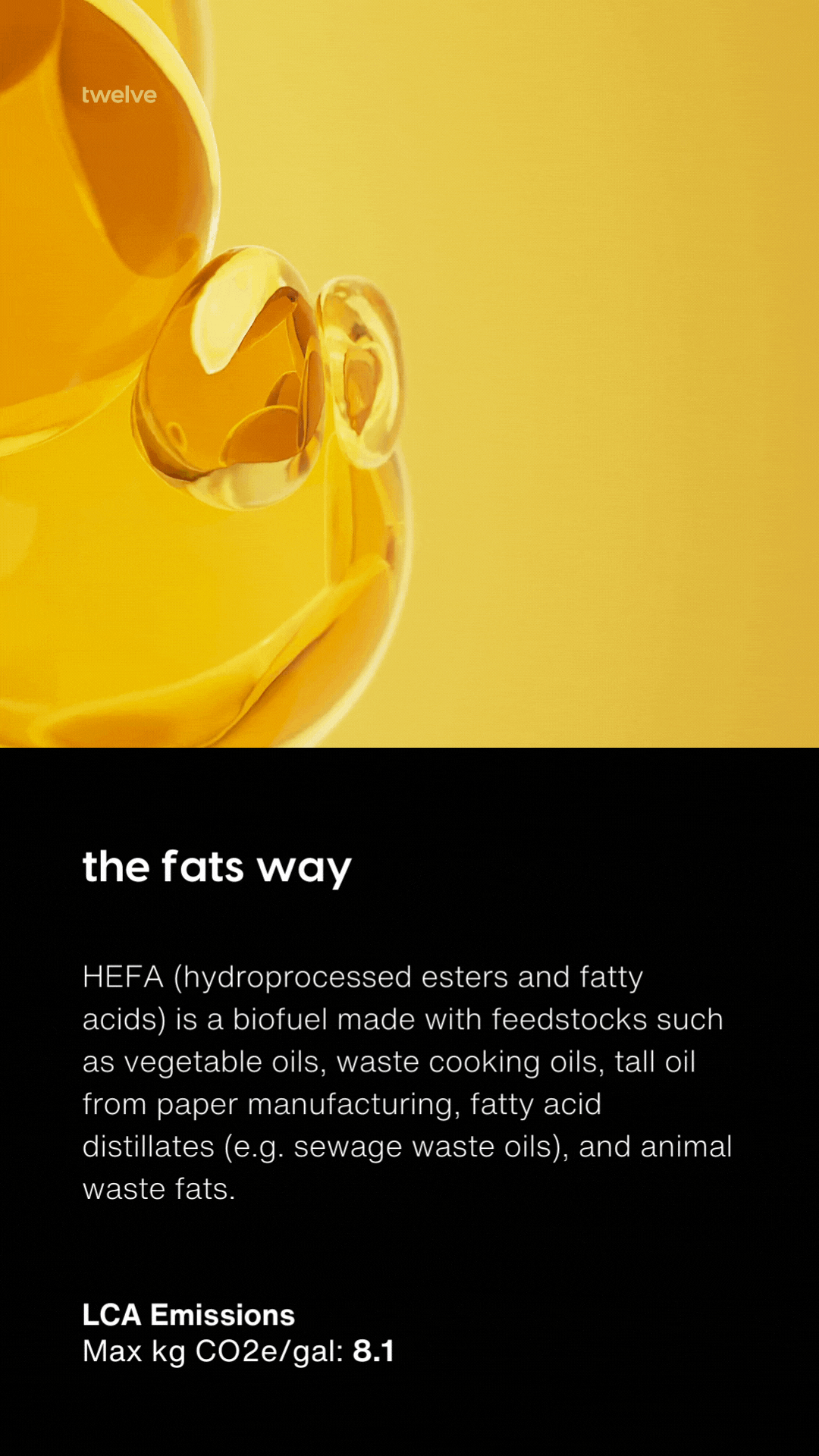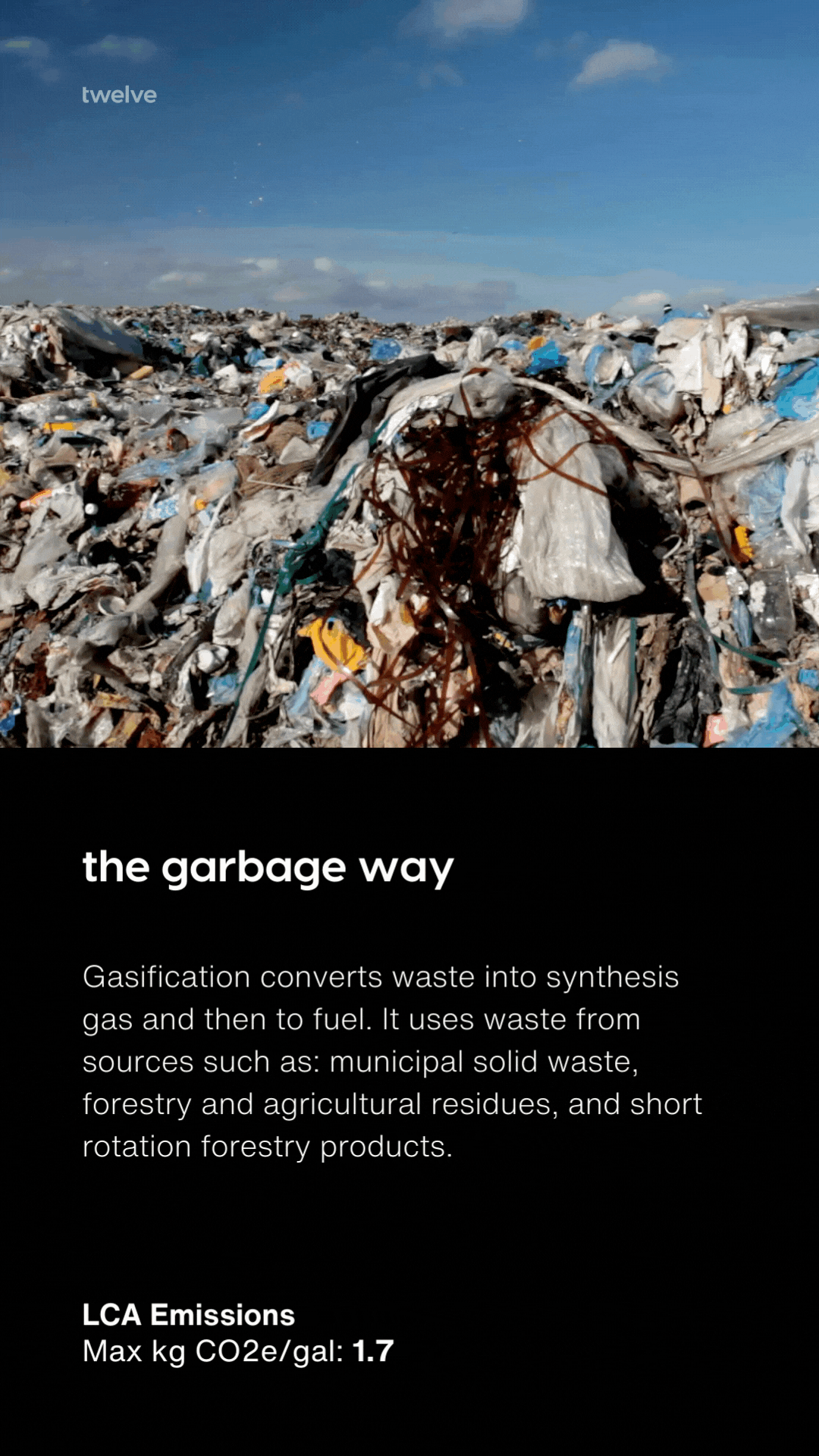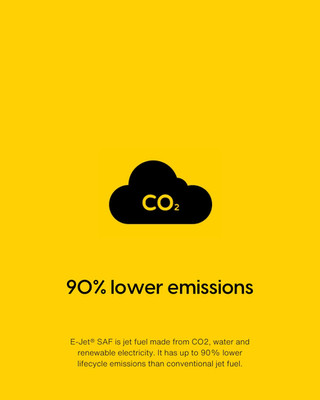The eSAF Advantage
- Catalyst
- May 30, 2024
- 3 min read
Updated: Oct 2, 2024
Discover why Power-to-Liquid eSAF made from CO2 and renewable energy is the key to decarbonizing aviation.
Sustainable Aviation Fuel (SAF) is Key to Decarbonizing Aviation
Aviation is critical to our global economy and connects the world. It's also a major consumer of fossil fuels, and contributes to 2-3% of global carbon dioxide emissions.
Now, with net zero targets and new regulations in the EU, and the demand for jet fuel only set to increase, the industry is exploring multiple ways to decarbonize, with a key focus on drop-in ready Sustainable Aviation Fuels (SAF). SAF is jet fuel made from feedstocks other than oil. It is molecularly near identical to fossil-derived jet fuel, and SAF works in existing aircraft with significantly lower emissions than conventional jet fuel.
Biofuels vs. eFuels
4 Pathways for Producing SAF
All pathways to make SAF take non-crude oil feedstocks and turn them into the same thing we use today for aviation fuel: kerosene. Kerosene-based jet fuel, simply put, is made up of chains of carbons and hydrogens (hydrocarbons), specifically chains containing between 8 and 16 carbons. Players in the industry today are looking at 4 main pathways to create these 8-16 carbon kerosene / hydrocarbon chains.

Biofuels
Biofuels are produced from biomass, feedstocks such as waste oils, corn and municipal waste. Below are three common types of biofuels.
The Fats Way: HEFA
HEFA is the primary SAF in use today due to its maturity and inexpensive cost. However, the available supply of waste feedstocks puts a cap on how much HEFA fuel can be made using low-emissions waste material.
The Corn Way: Alcohol-to-Jet
Alcohol-to-Jet derived fuels are dedicated corn feedstocks, but there is increasing interest in using bio-waste products such as agricultural residues. There are only enough of these waste feedstocks globally to supply ~50B gallons of SAF assuming all these feedstocks were solely dedicated to SAF production. Beyond this, dedicated feedstocks would be required.
The Garbage Way: Gasification
Gasification is a process that converts any carbon-based raw material into synthetic gas (syngas) and then to fuel via the Fischer-Tropsch process. There are only enough of these waste feedstocks globally to supply ~50B gallons of SAF assuming all of these feedstocks were solely dedicated to SAF production.
eSAF
E-fuels are not made from biomass, but rather derive carbon from CO2 via electrochemical processes.
eSAF is Produced via the Power-to-Liquid Pathway
Power-to-Liquid (PtL) fuels, also sometimes called synthetic fuels, e-fuels, or Power-to-X, do not use direct organic compounds as feedstocks like other pathways do, and is therefore not a biofuel. Instead, this pathway uses captured CO2 (from industrial sources and direct air capture), renewable electricity, and clean hydrogen (e.g., from water) as feedstocks.

The eSAF Advantage
The Power-to-Liquid (PtL) pathway, which produces eSAF, does not use direct organic compounds as feedstocks like other pathways, and is therefore not a biofuel.
Instead, eSAF is made from CO2, renewable electricity and clean hydrogen. These feedstocks combine to create synthetic gas, a mixture of hydrogen and carbon monoxide (CO). The synthetic gas is then put through a conversion step, such as Fischer-Tropsch, methanol synthesis, or gas fermentation to produce liquid products that can be upgraded to the appropriate C8-C16 hydrocarbon chain lengths to make SAF.
We believe that Power-to-Liquid eSAF represent the most promising SAF pathway in global efforts to decarbonize the aviation industry. These fuels have industry-leading emissions reduction potential of up to 90%, while using 30X less land and 1,000X less water compared to biofuels.

We believe that Power-to-Liquid eSAF represent the most promising SAF pathway in global efforts to decarbonize the aviation industry. These fuels have industry-leading emissions reduction potential of >90% while using 3-30X less land and 1,000X less water over alternatives. We believe in the power of this fuel for the long haul, because good for now is not good enough.
Today, CO2 feedstocks are waste gases from biogenic (living carbon-based) industrial sources such as ethanol production, but could also come straight from the atmosphere through Direct Air Capture (DAC). Once DAC comes down the cost curve, CO2 feedstocks, and therefore PtL e-fuels, could be virtually unlimited.





















